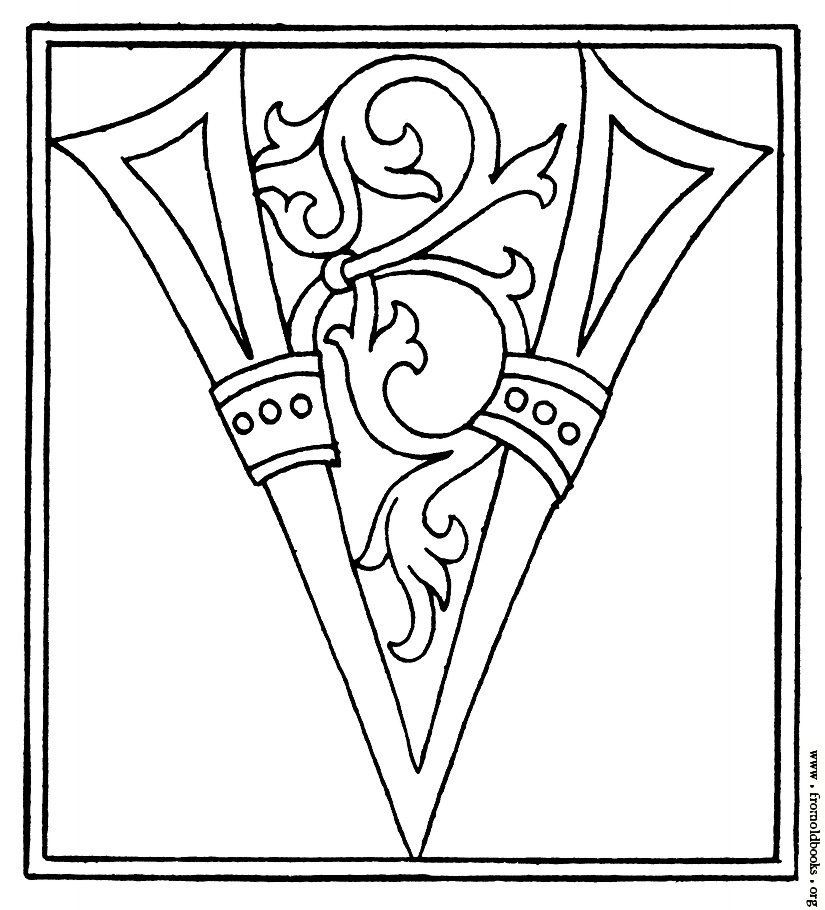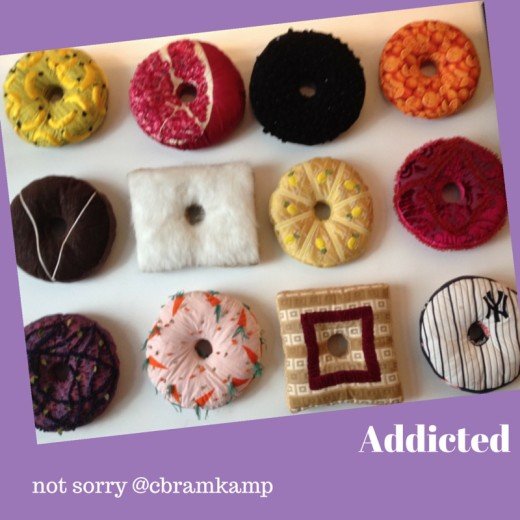Artist Entrepreneur: V for Variety— The Artist’s Alphabet Guide to Writing About Your Art by Aletta de Wal
 Welcome to the Artist Entrepreneur Column, an occasional series where we talk about the fun, wild and scary ride of succeeding as an artist entrepreneur of all stripes and types and mediums.
Welcome to the Artist Entrepreneur Column, an occasional series where we talk about the fun, wild and scary ride of succeeding as an artist entrepreneur of all stripes and types and mediums.
Welcome back guest columnist, Aletta de Wal. She specializes in helping visual artists succeed in their fine art careers. She posts regularly on “The Artist’s Alphabet Guide to Writing About Your Art” and other success tips for fine artists on the topic of writing about your art. Today it’s V for Variety. Enjoy!
***
“The essence of the beautiful is unity in variety.” [1] At first, the two words – unity and variety – sound as if they oppose each other. In fact, they work together.
Unity organizes the diverse elements of your art composition. Without variations on themes, styles or methods in your artwork, you’d simply be making copies of the same idea, scene or composition.
You’d get bored and so would your viewers.
Your signature style unites your art as your voice unites your writing.
On the other hand, when every blog post you send is the same, don’t be surprised if your readers hit delete as soon as the page loads.
To keep your readers interested and engaged, find the middle ground where your promotional goals intersect with what different members of your audience want to know. For example, students in your art workshops are keen to know when to sign up for your next classes. Unlike licensing agents, they are likely less interested in knowing about the new border patterns you’ve created for linens.
What I want you to do is come up with fresh ways to let each member of your audience get what they are looking for. That means that “one size fits all” doesn’t cut it here.
I put together a “menu” to help you make the key decisions to add variety to your writing. I always emphasize the importance of putting your audience in the forefront of your marketing, but I also know that most writing begins with an idea of a problem to solve for your readers.
So, depending on how you like to start, choose a topic from Column A and match it to an audience group from column B, or vice versa.
Then decide how often to write and how to distribute what you’ve written.
For example, “work-in-progress” would be of most interest to “strangers, visitors, viewers, followers and buyers.” I get some “daily painting” e-mails and I find that my interest waned after a couple of weeks. “Monthly” feels about right and in a blog post that you can archive on your website.
If you are publishing weekly then you can choose three other variations for each month.
| Column A: What to write about | Column B:To Whom | Column C: How often | Column D: How to distribute |
| Art | Strangers | One time | |
| Work in progress | Visitors | Daily | Brochures |
| Work completed | Viewers | WeeklyEvery two weeks | Catalogues |
| Work on exhibit | Followers | Monthly | Classified ads |
| Work purchased | Buyers | Quarterly | Flyers |
| Accomplishments | Collectors | Annually | Letters |
| Article published | Patrons | Newsletters | |
| Awards | Alternative Venues | Postcards | |
| Appointments | Art Bloggers | Digital: | |
| Commission | Artist Colleagues | Audio Book | |
| Grant | Artist Mentors | Blog | |
| Public Art Installation | Art Licensing Agents | ||
| Residency | Art Licensing Manufacturers | E-Book | |
| Prestigious membership | Artist Representatives | Podcast | |
| Events | Gallery dealers | Social Media Network | |
| Alternative Venue | Museum Curators | Text message | |
| Auction | Retail Stores | Video | |
| Art Fairs | Web Site | ||
| Commission Installed | |||
| Gallery Art Walk | |||
| Gallery Group Show | |||
| Gallery Solo Show | |||
| Museum Acquisition (your art) | |||
| Museum Exhibit (your influences) | |||
| Open studio (yours) | |||
| Open Studio Tour (organization) | |||
| Workshops | |||
All this variety could make your head spin without a system to manage your marketing communications. That’s called an editorial calendar:
- Decide on the frequency, time between communications and the sequence in which you will send them.
- Mark these on your calendar and you have a simple plan to follow.
Now it’s your turn!
Next time, W for Web Sites.
***
 About the Author: Aletta de Wal, Artist Career Training
About the Author: Aletta de Wal, Artist Career Training
Aletta de Wal inspires fine artists to make a better living making art in any economy.
Aletta works with part-time, emerging and full-time artists who are serious about a career in fine arts. Aletta makes make art marketing easier and the business of art simpler.
More information at: http://www.artistcareertraining.com/artmatters-newsletter/






